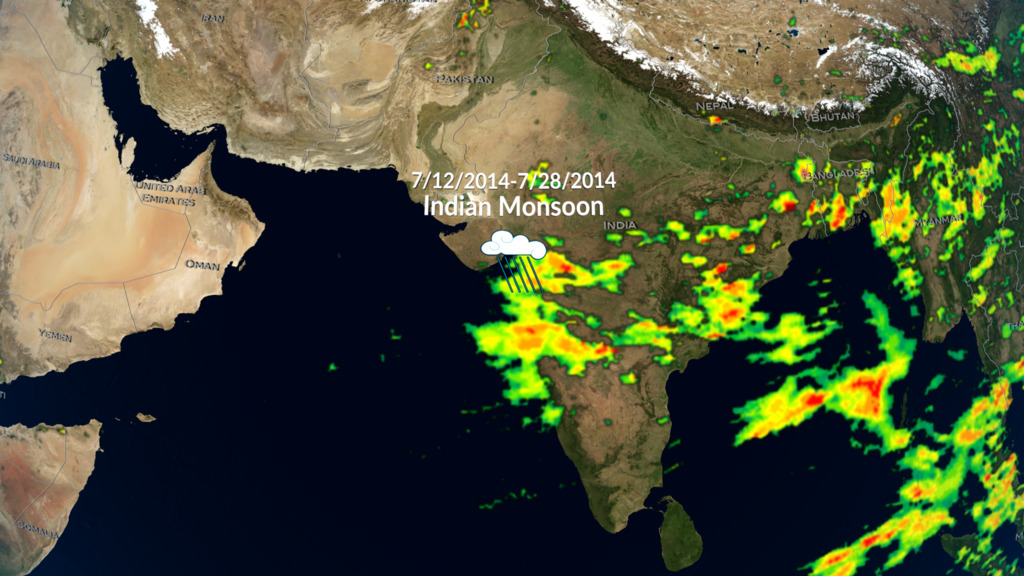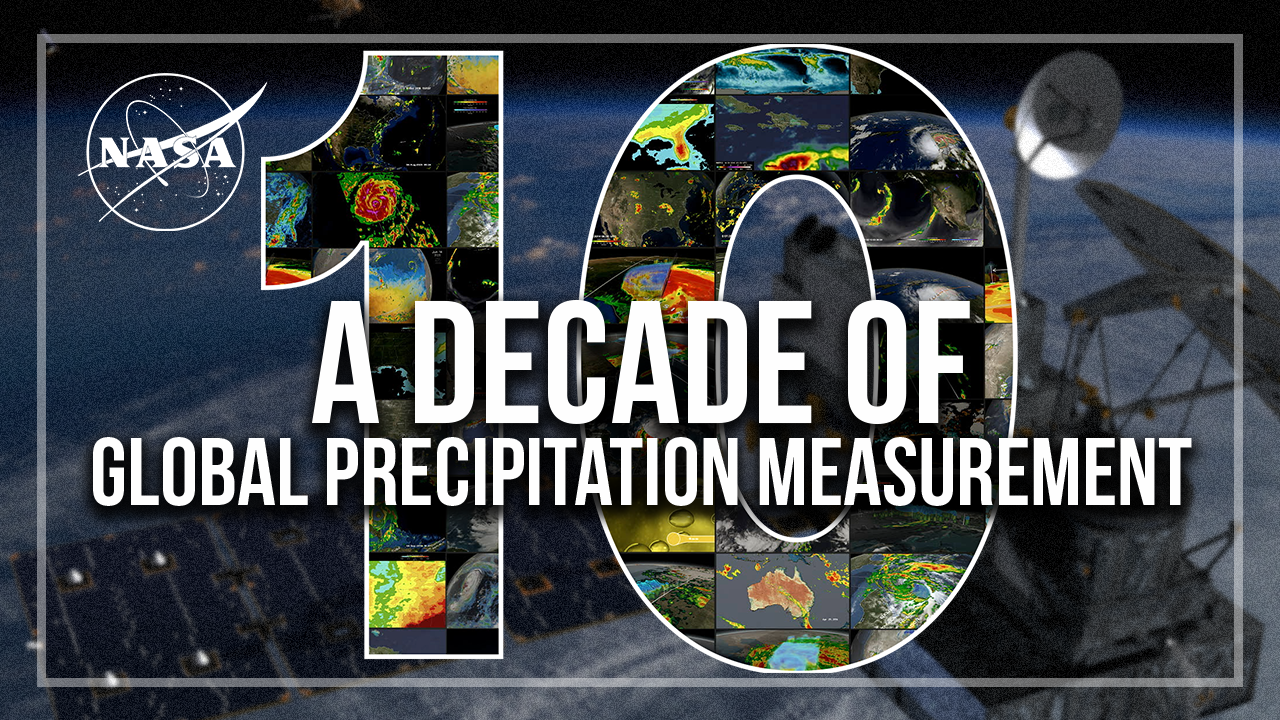2018 Snow Cyclone
This data visualization shows the rapid intensification of the snow cyclone over the east coast beginning on January 3rd, 2018. As the snow cyclone moves up the coast, the data visualization freezes on January 4th to show GPM taking it's measurement of the storm at approximately 5:47Z. The camera then moves down closer to the storm as we slice away the volumetric data to get a sense of what the storm structure looks internally, focusing on the transition from rain to snow.
NASA's Global Precipitation Measurement mission or GPM core observatory satellite flew over the United States east coast during a snow cyclone on January 4, 2018. This storm delivered up to 18 inches of snow in some parts of New England. Areas as far south as Norfolk, Virginia received up to 10 inches. This storm was also accompanied by very high winds, ranging from 50 to 80 miles per hour.
The GPM Core Observatory carries two instruments that show the location and intensity of rain and snow, which defines a crucial part of the storm structure – and how it will behave. The GPM Microwave Imager sees through the tops of clouds to observe how much and where precipitation occurs, and the Dual-frequency Precipitation Radar observes precise details of precipitation in 3-dimensions.
GPM data is part of the toolbox of satellite data used by forecasters and scientists to understand how storms behave. GPM is a joint mission between NASA and the Japan Aerospace Exploration Agency. Current and future data sets are available with free registration to users from NASA Goddard's Precipitation Processing Center website.

Color bar for frozen precipitation rates (ie, snow rates). Shades of cyan represent low amounts of frozen precipitation, whereas shades of purple represent high amounts of precipitation.

Color bar for liquid precipitation rates (ie, rain rates). Shades of green represent low amounts of liquid precipitation, whereas shades of red represent high amounts of precipitation.

Print resolution image of cloud cover and IMERG data of the snow cyclone over the United States east coast on January 4, 2018.

Print resolution image of the snow cyclone over the US east coast, highlighting the GPROF surface precipitation data taken by GPM as it passed overhead.

Print resolution volumetric rendering of GPM's DPR data. This data shows the inner structure of the storm in 3D.
Credits
Please give credit for this item to:
NASA's Scientific Visualization Studio
Data provided by the joint NASA/JAXA GPM mission.
-
Data visualizers
- Alex Kekesi (Global Science and Technology, Inc.)
- Horace Mitchell (NASA/GSFC)
-
Producer
- Ryan Fitzgibbons (USRA)
-
Scientists
- George Huffman (NASA/GSFC)
- Gail Skofronick Jackson (NASA/GSFC)
- Dalia B Kirschbaum (NASA/GSFC)
-
Technical support
- Laurence Schuler (ADNET Systems, Inc.)
- Ian Jones (ADNET Systems, Inc.)
Release date
This page was originally published on Friday, January 19, 2018.
This page was last updated on Wednesday, October 9, 2024 at 12:07 AM EDT.
Missions
This page is related to the following missions:Series
This page can be found in the following series:Datasets used
-
CPC (Climate Prediction Center) Cloud Composite
ID: 600Global cloud cover from multiple satellites
See all pages that use this dataset -
Rain Rates (Surface Precipitation) [GPM: GMI]
ID: 822Credit: Data provided by the joint NASA/JAXA GPM mission.
See all pages that use this dataset -
Volumetric Precipitation data (Ku) [GPM: DPR]
ID: 830Credit: Data provided by the joint NASA/JAXA GPM mission.
See all pages that use this dataset -
IMERG
ID: 863This dataset can be found at: http://pmm.nasa.gov/sites/default/files/document_files/IMERG_ATBD_V4.4.pdf
See all pages that use this dataset
Note: While we identify the data sets used on this page, we do not store any further details, nor the data sets themselves on our site.

